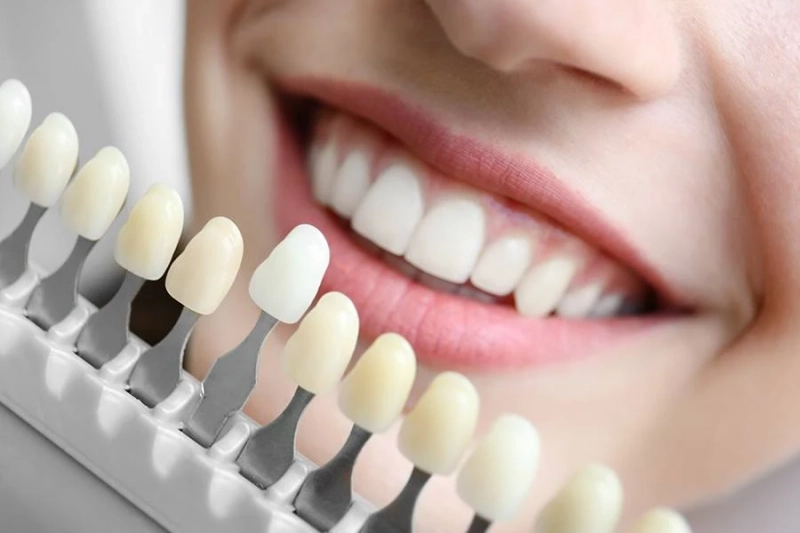The dentist will first show you a shade guide to help you determine what color your teeth should be. Then, he or she will apply a gel that will lighten your teeth to the shade you want. If you want a lighter shade, the procedure will require several treatments, and you can always go back for additional treatments if you are unhappy with the results. During each session, the dentist will show you a white shade guide you can refer to before the treatment.
In-office whitening
In-office whitening uses a professional patented formula containing high concentrations of hydrogen peroxide or carbamide peroxide, which lifts the pigments in the teeth and changes the way light reflects on them. It is best for those who want a whiter smile quickly or who have severe staining and want the brightest smile possible in time for a special event. The best results are achieved with three to five sessions, depending on the severity of stains and the desired result.
The most common side effect of in-office teeth whitening is the sensitivity of the teeth after the treatment. This should pass after a couple of days. However, if you experience tooth sensitivity during the initial stages, you should use toothpaste designed to reduce sensitivity. The sensitivity is temporary and shouldn\'t last much longer than the whitening process. To maximize the whiteness of your teeth, you should also visit your dentist every six months to ensure long-lasting results.
Peroxide gels
In-office and at-home teeth whitening are two common options for brighter smiles. Both of these tooth-whitening options use peroxide-based bleaching agents. Peroxide gels for teeth whitening range in concentration from 3% to 20%. Higher concentrations of peroxide should be applied to teeth in a shorter period than lower concentrations. Tooth whitening treatments with higher peroxide concentrations may cause more sensitivity and dehydration.
Boost: The Opalescence Boost bleaching gel is known for its viscosity, a factor considered a plus in tooth-bleaching procedures. This gel is 38 percent hydrogen peroxide and contains a unique patented ingredient called PF. Potassium nitrate and fluoride are also added to the gel. This reduces the risk of sensitivity. In-chair bleaching with this gel usually takes one to two hours.
Consultation with a dentist
You may require a consultation with a dentist for professional teeth whitening if you plan on getting certain cosmetic dental procedures performed. Cosmetic dentistry procedures include veneers, composite bonding, and the removal of orthodontics. Certain types of dental treatments may not respond to whitening procedures. The dentist at Bell Family Dental PC will be able to determine whether whitening is the right solution for your situation. They will also note the condition of your teeth and discuss what you can expect from the procedure.
A dentist can perform professional teeth whitening in many ways. The procedure can take anywhere from 60 minutes to two hours. The results last anywhere from six months to two years. After a professional whitening procedure, certain lifestyle habits must be avoided to maintain the white color. For example, you should not smoke for a period of two after teeth whitening. Another factor to consider is the length of time that the treatment will last.
0



